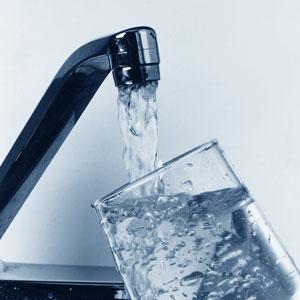-
About Homer
-
- Americans with Disabilities Act Compliance Program City Campgrounds Community Recreation Hickerson Memorial Cemetery
- Library Parks & Trails Public Safety Fire Police Emergency Information
- Events & Activities City Calendar Library Calendar Recreation Calendar Doing Business in Homer Sister City Program Coast Guard City
-
- Departments
- Government
- How Do I?
Chromium in your Drinking Water
Washington D.C.-based Environmental Working Group provoked a national controversy recently when it released a study that found levels of hexavalent chromium, commonly referred to as chromium-6, in 31 cities that was higher than the health goal proposed last year by the state of California.
Chromium, a metallic element, is odorless and tasteless. When combined with oxygen an atomic reaction can transform it into chromium-3, a substance needed by humans in trace amounts for sugar and lipid metabolism. It also can oxidize into chromium 6, said Abigail Canto, a chemical engineer with Madison-based Process Research Solutions LLC.
While chromium-6 can occur naturally, it often is a manufacturing byproduct, said Paul Biedrzycki, the director of disease control and environmental health for the City of Milwaukee Health Department.
The Environmental Protection Agency (EPA) has long required water utilities to test for total chromium content in water. The standard has been .1 micrograms per liter (100 parts per billion), a level that no water plant in the country has ever violated, according to the EPA.
The City of Homer has tested for total chromium in 2009 and found total chromium levels in our drinking water to be less than 2 parts per billion.
In Hinkley, Calif., the small desert town made famous in “Erin Brockovich,” the levels of chromium-6 in the area’s drinking water exceeded 500 parts per billion.
The EPA announced last week it is on a fast track to give guidance to water providers on how to sample for chromium-6 and said formal standards are in the works.



